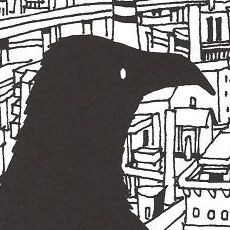Tag: Seirei no Moribito
-
This anime fan forever looks back on 2007
/
Read More →: This anime fan forever looks back on 2007Jesus, it’s the end of another year. I’ve had fun in 2007; being a part of the anime blogging community and writing for you, dear reader. I’m not sure I’d last long if it wasn’t for your comments, but here we are, almost two years on and still talking, ranting, in love with anime. Back…
-
Reflections on Seirei no Moribito: dull or delightful?
/
/ ReviewsRead More →: Reflections on Seirei no Moribito: dull or delightful?An (evil) part of me will always demand an epic train-wreck, a sensational massacre of violence, death and angst, but deep down, I always knew it would never happen with straight-laced Seirei no Moribito – it was certainly predictable; morally as straight as an arrow, and that’s not necessarily a bad thing.
-
Seirei no Moribito – Rocks like a bears back
/
/ ReviewsRead More →: Seirei no Moribito – Rocks like a bears backIt’s been a few years since I last enjoyed a Production I.G. TV series. The "mega-hit" Blood+ was a safe and predictable action series, while the elegant period setting of Le Chevalier D`Eon was dull and uninspired. All that is to say, I suppose I was expecting to be bored when watching Seirei no Moribito…
